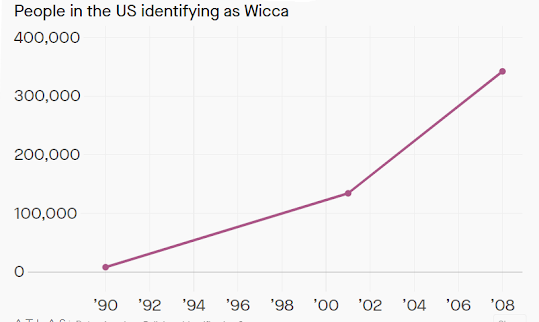Abstract and Work Cited
Abstract This paper touches upon why many women choose to become witches in the New Age of religion and spiritual awakening. It speaks on how witchcraft has changed from the prosecution and execution of witches during the Salem Witch Trials to the rise of modern witchcraft by Gerald Gardner and many other influencers. Women embrace witchcraft because it can offer re-enchantment for them, a way to achieve wish-fulfillment and change their outlook on life. They can attempt to change the existing way of life through spells, feminism, and coping with past trauma in their lives. It is also noted how the reclamation of witches from their past image has also helped with the goal of re-enchantment and empowerment. Work Cited Work Cited Berger, Helen A., and Douglas Ezzy. Teenage Witches: Magical Youth and the Search for the Self . Rutgers University Press, 2007. JSTOR , www.jstor.org/stable/j.ctt5hj9jq . Burket , Roger C., et al. “Emotional and Behavioral Disturbances in Adol...



